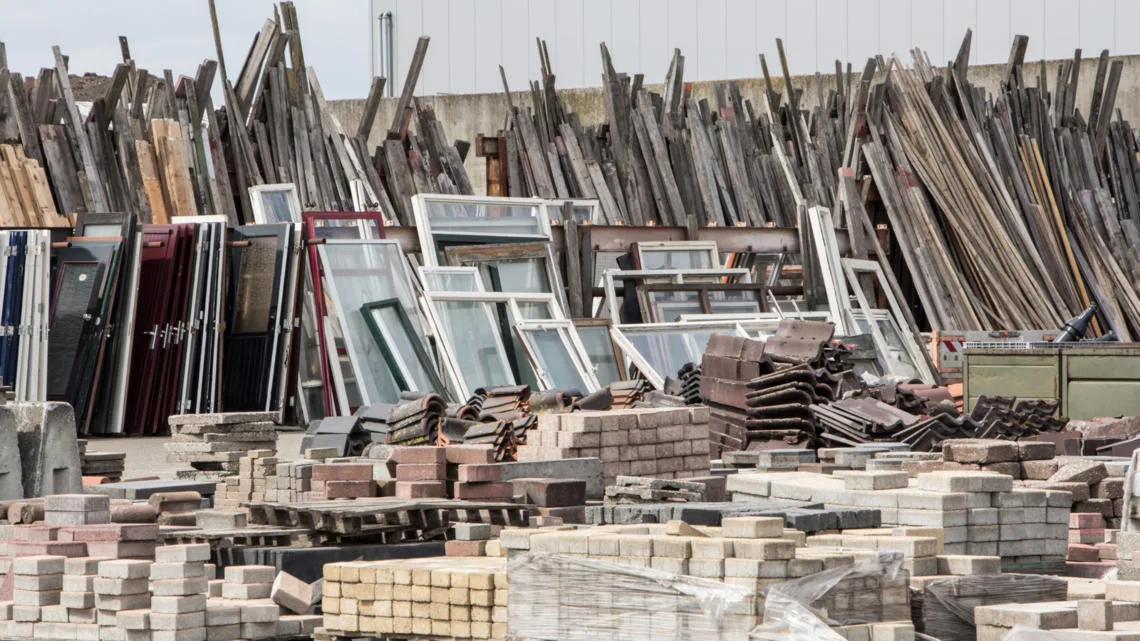Geneva, 15 December – Switching from linear to circular ways of doing business could contribute to a substantial dent in emissions from the built environment. But what makes a building circular, and how do you measure progress? A new paper by the World Business Council for Sustainable Development (WBCSD) defines what companies need to measure, how to measure it and how to interpret the results to evaluate how circular a building is.
The built environment is responsible for 37% of global emissions and more than half of total global resource consumption. A shift to a circular economy could make the built environment more sustainable, helping the sector reduce waste and pollution, keep products and materials in use longer and regenerate natural systems.
While the sector is making efforts to become more circular, there needs to be a standardized approach to measuring circularity in buildings, as otherwise, industry-wide adoption of circular practices will be hampered.
Building on WBCSD’s Circular Transition Indicators methodology, the new paper is a first step toward creating a unified framework, setting out key considerations for measuring circular buildings.
To reduce the complexity of measuring circularity in buildings, the authors suggest starting by analyzing different building layers and using consistent terminology, which the paper introduces.
The authors further encourage companies to look at both qualitative and quantitative data when measuring the circularity of buildings and to consider circular principles like lifetime extension, detachability, adaptability and flexibility throughout the building design phase.
Other key considerations highlighted in the paper include measuring circular inflows and outflows, which consists of monitoring the type of material, the percentage of reused and recycled materials and end-of-life recovery. For this matter, benchmarks, standards and key performance indicators should be set and improved where existing.
Besides closing the loop on material flows, the authors recommend measuring water and energy inflows and outflows, together with close monitoring of the carbon life cycle, to ensure circular evaluations are complementary and not substitutive to environmental ones.
Roland Hunziker, Director, Built Environment, WBCSD, said, “Businesses must embrace a circular economy to achieve a nature-positive and net-zero built environment. But the industry has yet to establish common approaches to measuring the impact of circular solutions in buildings. This paper provides an important breakthrough in this field. Its conclusions and recommendations can support decision-makers working on building projects to develop business strategies to increase circularity. We encourage all built environment stakeholders to join us in the next steps of developing a shared framework for measuring circularity in buildings.“
The authors invite companies and peer organizations to share their feedback on the approach and key considerations explored in this paper during an open consultation phase from 15 December 2022 to 24 February 2023. Please click here to provide your input.
For more information about this work, please contact Alessia Santoro, Associate, Built Environment, at santoro@wbcsd.org.
WBCSD news articles and insights may be republished in accordance with the Creative Commons Attribution-NonCommercial-NoDerivatives 4.0 International Public License, and in accordance with our Privacy Policy. All Content must be featured with due credits.
